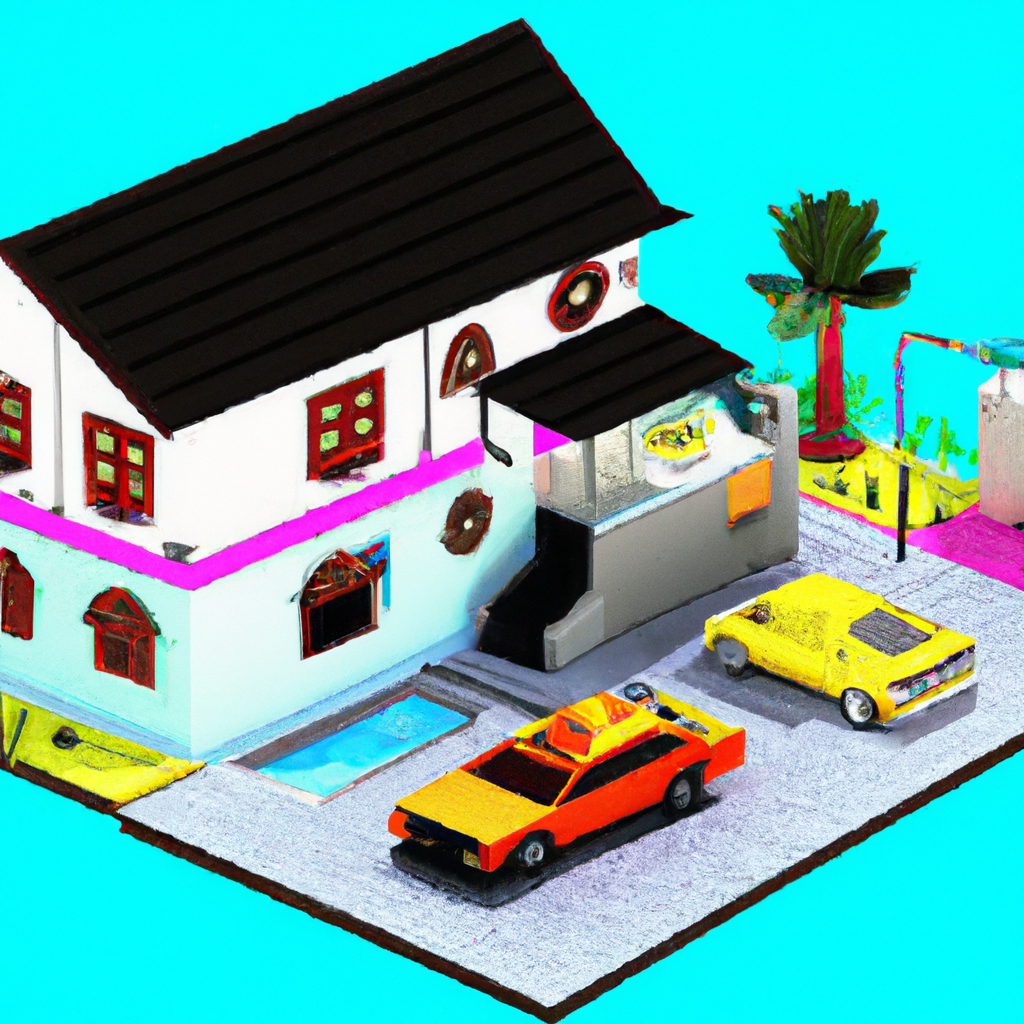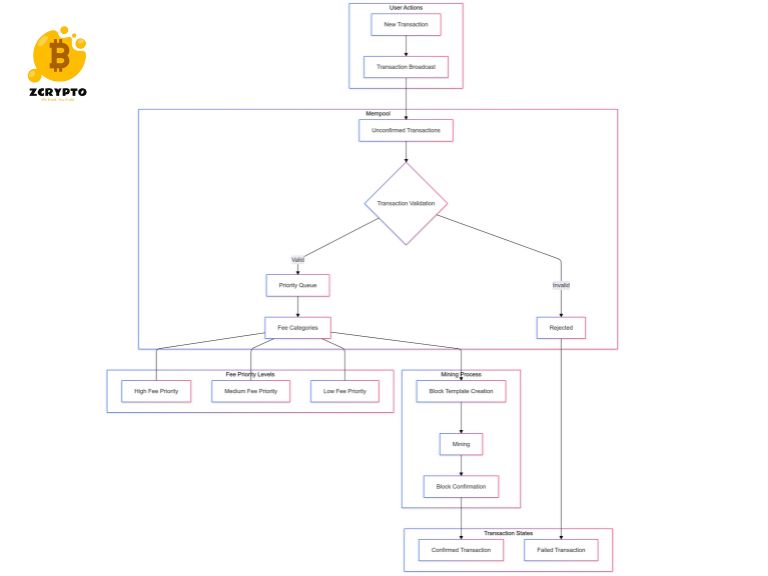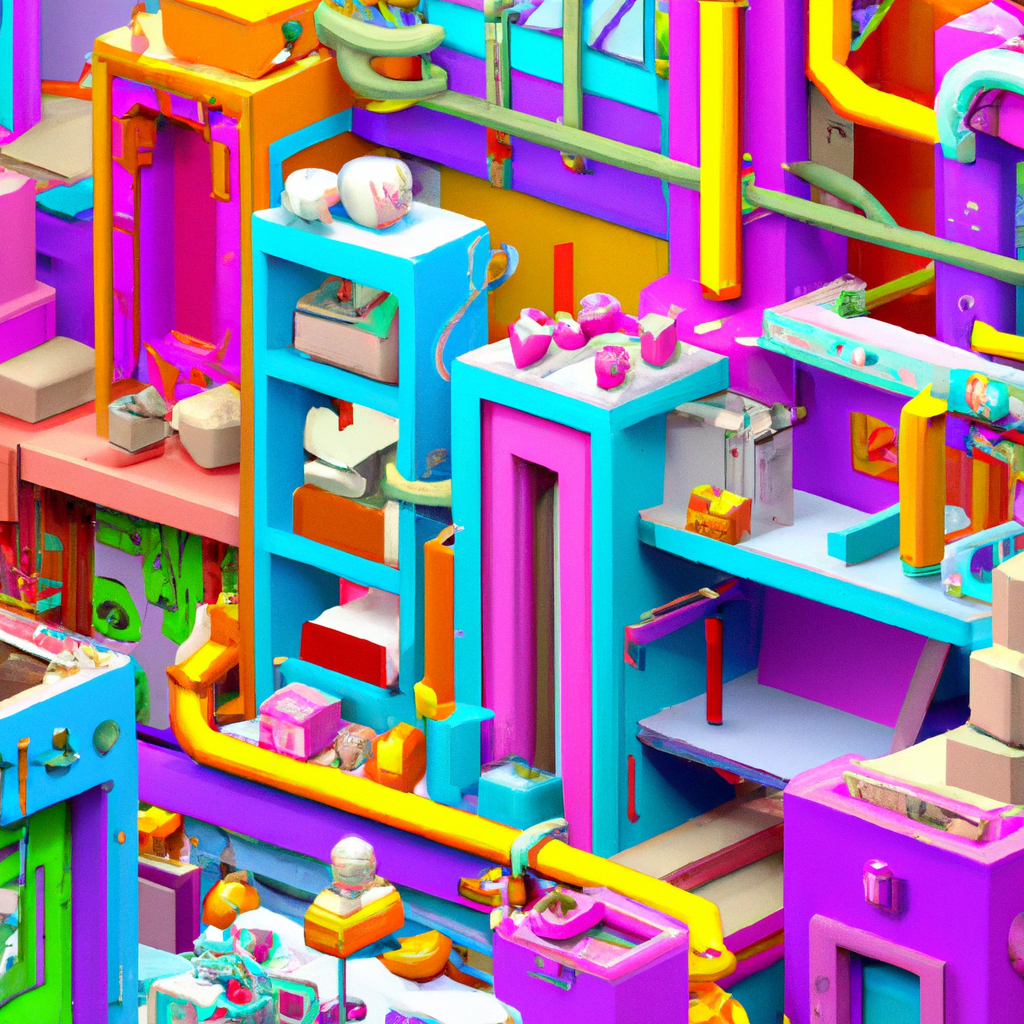What is a Bungalow?
Definition and Historical Context
A bungalow is typically defined as a single-story or one-and-a-half stories tall home with a sloped roof and often features a front porch. This architectural style has its roots in Bengal, India, where it was originally designed as a simple, practical dwelling for British colonial officers. The term “bungalow” itself comes from the Gujarati word “bangalo,” meaning “house in the Bengal style.” In the early 20th century, bungalows gained popularity in the United States as an affordable and stylish housing option.
- Unlocking Accounts Receivable (AR): A Comprehensive Guide to Managing Your Company’s Assets
- How to Calculate and Interpret Book Value of Equity Per Share (BVPS) for Smart Investment Decisions
- What is Meme Coin? A Look at Social Media’s Favorite Cryptocurrency
- Ultimate Guide to Altcoins: Types, Risks, and Investment Strategies
- Understanding Beneficiaries: A Comprehensive Guide to Inheritance and Financial Planning
Architectural Features
Bungalows are characterized by their compact footprint and open floor plan, which makes them feel spacious despite their smaller size. The low-pitched roof is another distinctive feature, often complemented by overhanging eaves that provide shade and protection from the elements. Older bungalows frequently include built-in cabinets, lighting fixtures, wainscoting, and exposed ceiling beams, adding to their charm and functionality.
You are viewing: Bungalow Definition: Key Features and Benefits of Bungalow Homes
Key Features of Bungalow Homes
Space and Accessibility
One of the most significant advantages of bungalow homes is their single-story living. This design makes them highly accessible for people with mobility issues, young families with strollers, and downsizing empty nesters or retirees. The lack of stairs eliminates a major barrier, creating a more inclusive living environment.
Maintenance and Utility Costs
Bungalows require less maintenance compared to larger homes. With easier access to roofs and guttering, homeowners can handle many tasks themselves or hire professionals at a lower cost. Additionally, the smaller size of bungalows translates into lower utility bills, making them more economical to run.
Privacy and Security
Bungalows often offer better privacy due to their ability to be situated in quieter neighborhoods with ample space for landscaping. However, ground-floor living can raise some security concerns, such as easier access for potential intruders. Homeowners may need to invest in additional security measures like alarms or reinforced doors.
Benefits of Bungalow Homes
Affordability
Bungalows are generally more affordable than larger single-family homes. The average build cost of a bungalow ranges from $125,500 to $345,000, significantly lower than the average cost of building a single-family home ($260,000 to $710,000). This affordability makes bungalows an attractive option for first-time buyers or those on a budget.
Investment and Resale Value
See more : How to Monitor and Manage Your Account Balance for Financial Stability
Bungalows have strong investment potential due to their enduring popularity. They can command a premium price due to high demand and low supply, affecting their resale value positively. Additionally, bungalows offer scope for expansion or modification, which can further increase their value over time.
Lifestyle Benefits
The single-story design of bungalows makes it easier for homeowners to have home care or help nearby if needed. This feature is particularly beneficial for older adults who may require assistance but wish to maintain their independence. Bungalows also make excellent vacation or second homes due to their ease of maintenance and cozy atmosphere.
Pros and Cons of Buying a Bungalow
Pros
The advantages of buying a bungalow are numerous:
-
Space and accessibility: Single-story living makes it ideal for various age groups.
-
Less maintenance: Easier access to roofs and guttering reduces upkeep costs.
-
Privacy: Quieter neighborhoods with space for landscaping enhance privacy.
-
See more : Maximize Retirement Savings: The Ultimate Guide to 412(i) Plans for Small Business Owners
Scope to extend and modify: Bungalows can be expanded or modified according to needs.
-
Quieter neighborhoods: Often located in peaceful areas away from urban noise.
Cons
While bungalows offer many benefits, there are some considerations:
-
High demand and low supply: This can drive up prices per square foot.
-
Security worries: Ground-floor living may increase security risks.
-
Value in terms of square footage: Houses might offer better value in terms of space per dollar spent.
Source: https://summacumlaude.site
Category: Blog







